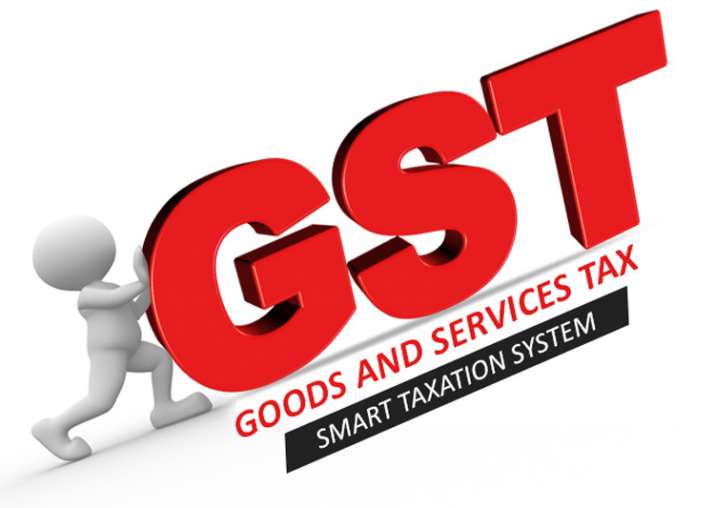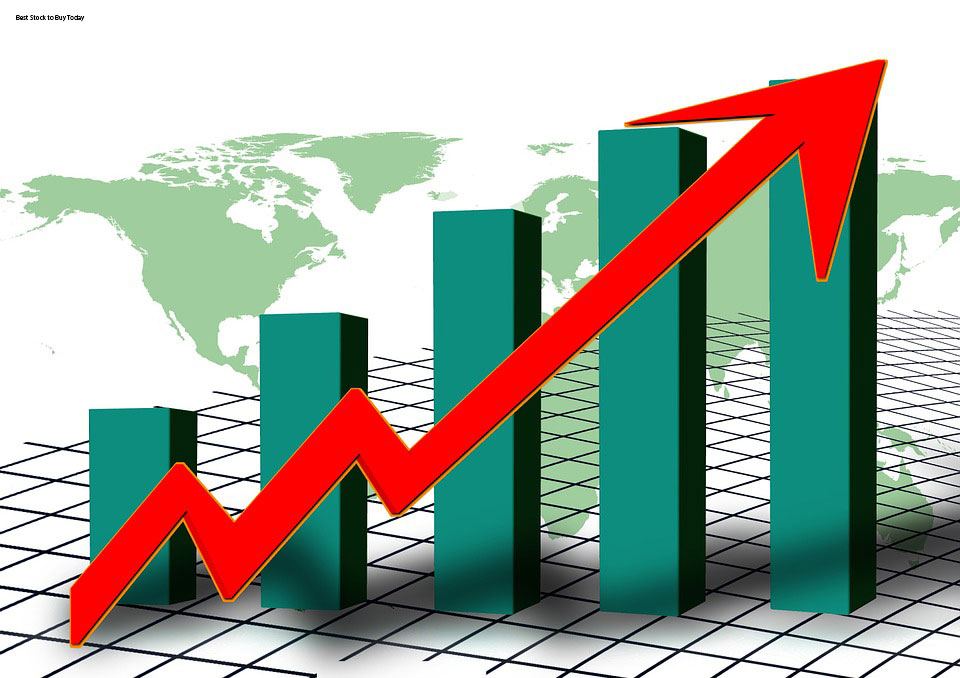Indirect Tax product is highly complicated in India because there are various kinds of taxes that are charged by the State Government authorities on Products and Services. These taxes consist of Value Added Tax for buyingservices and goods by customer and Entertainment Tax for watching film. The other taxes are Import Duties, Excise duties, Luxury Tax, Entry Tax, Service Tax Central and Sales Tax.
Businesspersons have to maintain accounts, which need to follow all the appropriate rules.
Many professionals have recommended that to remove the issues of various kinds of taxes, there is a need issue to improve all oblique taxes and apply a “single taxation” system. This technique is eligible as Products and Services Tax, shortened as GST. The GST will be charged on both Products and Services.
Earlier, GST was presented during 2007-08 price range period. On 17th of December2014, the present Union Cabinet ministry allowed the offer for release GST Constitutional ModifiedBill. On 19 December 2014, thebillwas presented on GST. The Billwas presentedduring Budget session in in Loksabha.
GST is the tax people pay on availability of products & services by government. Any person, providing services and goods,has to pay the GST tax. GST is the huge alternation in indirect tax framework in India financial situation since the economic system seemed to be started out up 25 years ago; at last looks set to become reality. The Structure Modification Bill presented in Rajya Sabha recently, on the rear of a wide governmental agreement and increased by the good ambitions of the Congress. Products and Services Tax Reform was passed in Rajya Sabha and it will be set to bring in Lok Sabha.
The recommended model of GST and the rate:
A double GST product is planned to be applied in India as recommended by the Empowered Committee under which the GST will be separated into two parts:
- State Products and Services Tax (SGST)
- Central Products and Services Tax (CGST)
GST is anintake-based tax. It is based on the “Destination concept.” The Tax for Products and Services is enforced on services and goods at the place where final/actual intake occurs. GST is gathered on value-added services and goods at each level of selling or buying in the supply chain. Manufacturer, supplier, or store will pay the appropriate GST amount but will claim back again through tax credit score procedure. This will give the way of GST impact on thecommonman in India.
Major difficulties andGST impact on thecommon man in India:
Besides benefits, you will also findGST impact on thecommonman in India.
- To apply in the bill, there has to be lot changes at theadministration
- GST, being a consumption-based tax, states with higher intake of products and services will have better earnings. Therefore, the cooperation from state governments would be significant factors for the effective performance of GST.
It is evaluated that since GST alternatives many flowing taxes, the typical man may get benefit after theperformance. However, it depends on theamount set on the GST. With the performance of GST, a person will pay less tax.
GST is also beneficial for firms too and provides a positive GST impact on thecommonman in India. GST will cut the number of taxes under the present system like VAT, excise responsibility, service tax, selling tax, entertainment tax, theluxury tax. The individual tax will be appliedon both Products and Services. This will save the managing cost for firms.
The present indirect system is so difficult that the vehicles have to quit by examining content and cost plazas for weeks to get the approval to enter situations, which significantly reduce their average distance journeyed per day. With the application of the GST, the vehicles need not quit on examine content. Therefore, it will reduce the shield stock. In this way, it will increase the operating expertise of the firms.
Professionals believe that the most significant opposite effect for customers may occur because oil is omitted of the GST domain. Consequently, the tax costs could have a sinuous effect on financial system. A financial advisor has mentioned, “bringing power and oil within the opportunity of GST could create India production more competitive.” Additionally, certain difficulties inbuilt in the GST framework, such as a GST imposes on maximum list cost (MRP) for packed goods and GST on negotiating transactions, will trouble to the typical man.
Other financial test candidates deduced that GST wouldremove theflowing effect of taxes based on thecost of production of products, services, and will provide smooth credit score throughout value sequence. This will significantly decrease theexpense of homegrown goods and will motivate ‘make in India.’ The areas which have long value sequence from basic goods to last intake level with feature spread in several states such as FMCG, consumer durables, pharma, engineering goods, and automobiles will be the significant individuals of GST system. It is supposed that GST will make simpler business features in India. Incorporation of several current taxes into single GST will significantly reduce expense of tax conformity and deal cost
To sum up facts, the GST is an oblique tax, which requires that the tax is approved until the last level where it is the buyer of items and services who holds the tax. The GST will alternative most other oblique taxes and connect the differential tax prices on mass-produced services and goods. Another positive GST impact on thecommonman in Indiais thatTheGovernment of India claims that GST will improve India GDP by 2%. With the enactment of GST, customers will have funds to spend because of lower tax prices. It can be said that it will completely modify the oblique tax system in India.
The countries, which have applied the GST before India, also faced rising prices and inflation during the conversion period. Nevertheless, anti-profiteering measures in the GST bills will keep cost increases in order and quit the economic system from blowing.






